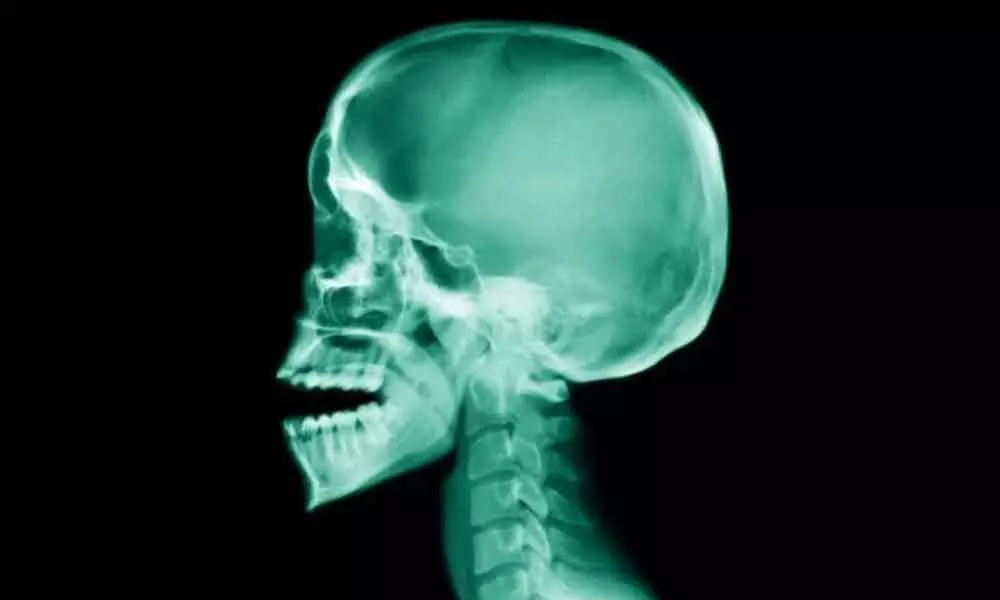Scientists Identify New Muscle Layer Located In A Human Jaw

Researchers found a layer of muscle in the human jaw
- Researchers found a layer of muscle in the human jaw that has eluded anatomists until now.
- There has been suspicion based on animal studies that the structure is more complex than is typically depicted.
Even in a field as well-studied as human anatomy, there are still new discoveries to be made: Researchers found a layer of muscle in the human jaw that has eluded anatomists until now.
The third section, or deeper part, of the masseter muscle, has been found. You can feel this muscle moving when you press your hand against the back of your jaw while chewing.
There has been suspicion based on animal studies that the structure is more complex than is typically depicted. In the past, descriptions of the phenomenon have been confusing and conflicting.
It has been determined through a new study that the masseter muscle is actually divided into three distinct sections, by an analysis of more than two dozen human heads. One of the heads was preserved in formaldehyde, while the other eleven were preserved in living subjects.
According to the researchers, the new muscle layer has been named Musculus masseter pars coronidea, or the coronoid portion of the masseter. This muscle layer connects to the muscular (coronoid) process of the mandible, which means it attaches to the front of the lower jaw.
Despite its relatively unknown function, Musculus masseter pars coronidea is suspected of playing a major role in keeping the lower jaw stable due to the way its fibers are arranged. In addition to its height and proximity to the jaw, it is also smaller in size than the other two layers.
There has occasionally been discussion of a third section previously, but in this case, the team was specifically looking for it and was able to locate it independently. Observations and conclusions in previous studies were inconsistent.
An MRI scanner was used to map out the position and possible function of the muscle layer in unattached heads and detailed dissection was used for heads in the hands of medical science. It was possible to identify the coronoid process of the masseter in every case studied.
In other mammals, there are also more than two layers in this muscle group, but it is not known whether they are comparable to that of the Musculus masseter pars coronidea. Additionally, it appears to be missing in chimpanzees, suggesting that it might only be found in people. Further research into the matter might be carried out, the researchers conclude.
Next Story
















